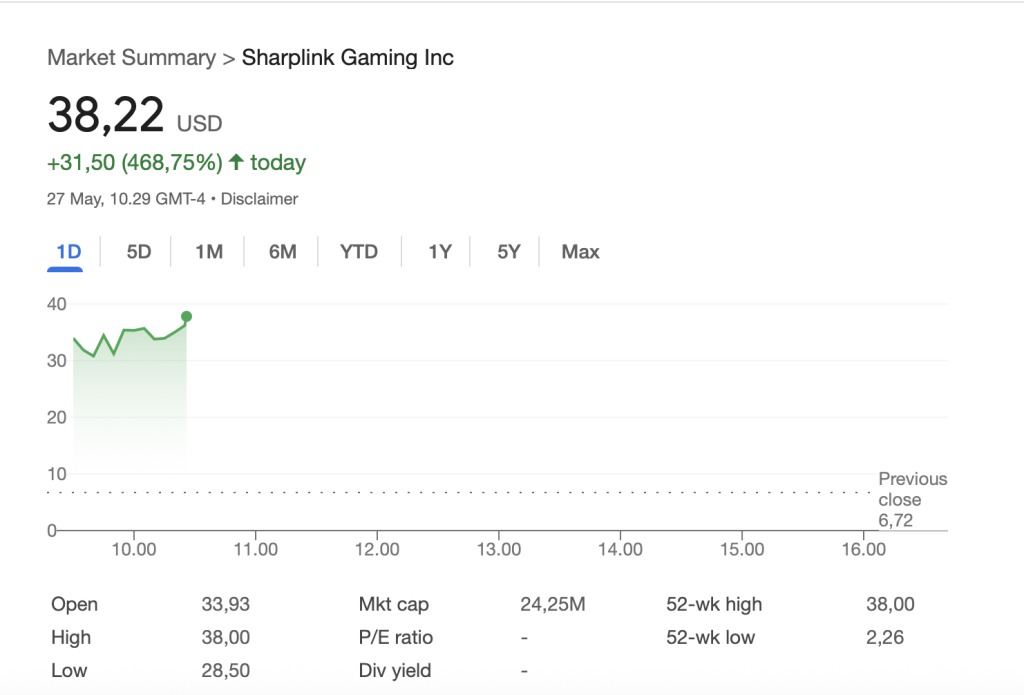In recent years, ongoing economic policy uncertainties have shaped hiring trends and changed how HR approaches talent acquisition. According to Andrew Flowers, chief economist at recruitment marketing platform Appcast, while the labor market in 2025 remains relatively stable, shifting economic forces will continue to redefine recruiting strategies and workforce planning.
Updates from the Federal Reserve Chair
To sketch the scene for HR leaders, Federal Reserve Chair Jerome Powell held a press conference on March 19, reflecting the balancing act employers need to acknowledge: navigating persistent inflation risks and economic uncertainties while maintaining flexibility for future adjustments.
The Federal Open Market Committee (FOMC) decided to maintain the federal funds rate at 4.25% to 4.5%, reflecting a cautious stance amid economic uncertainty. Powell emphasized that the Fed is not rushing to adjust its policy and will closely monitor economic data before making further decisions. This approach aligns with the heightened level of uncertainty in the current economic environment, as noted in the FOMC statement.
The labor market continues to show strength, with an unemployment rate of 4.1% and steady job gains in recent months, according to the Bureau of Labor Statistics (BLS). Powell highlighted that wage growth is outpacing inflation but at a sustainable pace, and labor market conditions are not significantly contributing to inflationary pressures. “In the labor market, conditions remain solid,” said Powell.
Powell described the current environment as one of “remarkably high” uncertainty due to rapid policy changes in areas like trade and fiscal policy. “It is going to be very difficult to have a precise assessment of how much of inflation is coming from tariffs and from other sources,” said the chair.
Current labor market conditions
According to Flowers, who spoke on a recent webcast, the labor market in early 2025 exhibits key trends, including the shift from the “Great Resignation” to the “Great Stay,” as job-switching rates decline, indicating greater workforce stability. He noted that strategic hiring has become more critical for organizations navigating this evolving landscape.
“There’s a lot less [job] switching, and there’s a lot less churn in the labor market today than there was three years ago,” said Flowers. “So, hiring, quitting and layoff rates are all very low.”
In the year leading up to July 2022, nearly 52 million workers quit their jobs, according to Flowers. In contrast, over the past year, he said that number dropped to 39 million. “So, you’re looking at basically a million fewer workers each month quitting their jobs today than roughly three years ago,” he said.
Foreign-born individuals now represent nearly one in five people working in the U.S., according to USA Facts. However, upcoming labor shortages are expected in sectors heavily reliant on immigrant labor, including construction, agriculture and hospitality, said Flowers.
These shortages could also spill over into retail, warehousing, transportation and manufacturing, predicts the economist, a condition that could further strain the labor market. “It’s going to constrict the labor supply, and it’s going to have ripple effects,” said Flowers.
Sectoral differences in employment
Employment trends vary significantly across sectors, with healthcare leading job growth by adding 52,000 jobs in February, according to BLS reports. Flowers said that the healthcare segment is “carrying more than its fair share, more than its responsibility towards job growth, where other sectors are starting to be weaker.”
He said demand remains strong for “standing-up” positions, particularly in nursing and construction, while “sitting down” roles in tech, marketing and finance continue to show notable weakness.
Flowers has been tracking the decline in staffing jobs over the past few years, specifically temporary help services, documenting that these jobs peaked at a high point in 2022 but have been steadily declining since. He said the good news is that the decline may be stabilizing, suggesting the worst might be over.
However, a key indicator to watch is whether employers, amid economic uncertainty, start reducing hours for part-time workers or scaling back on staffing and temporary help jobs. “Those are the first ways employers react to uncertainty: They pause the marginal hiring before they engage in layoffs,” said the economist.
Union policy
Unionization rates continue to decline, contributing to a shrinking labor share of the GDP. The U.S. Bureau of Labor Statistics reported that the union membership rate—the percentage of wage and salary workers who are union members—stood at 9.9% (14.3 million) in 2024. While this is just a tick down from 2023, unionization has dropped steadily over the past decades; when comparable data first became available in 1983, the union membership rate was 20.1%, with 17.7 million union members, according to BLS.
Flowers said the NLRB—the independent federal agency responsible for enforcing the National Labor Relations Act—is expected to adopt a more pro-business stance. “For anyone who works as a talent acquisition recruiter in [a] union-intensive industry, the Trump administration is going to make it harder for those unions to organize,” according to Flowers.
A paradoxical dynamic exists between the administration and unions, said Flowers, as union voters have increasingly shifted their support toward Republican candidates. He said these shifts could influence workplace policies, collective bargaining strategies and labor market conditions in the coming years.
Implications for HR leaders and recruiters
Flowers emphasized the importance of employer preparation for upcoming economic shifts. HR leaders must strategize for these changes, particularly the recruiting challenges that may arise in this evolving economic environment, said Flowers. His key recommendations include:
- Prepare for a potentially slower hiring environment.
- Focus on strategic talent acquisition.
- Monitor sector-specific labor market shifts.
- Anticipate potential labor shortages in specific industries.
Credit: Source link









